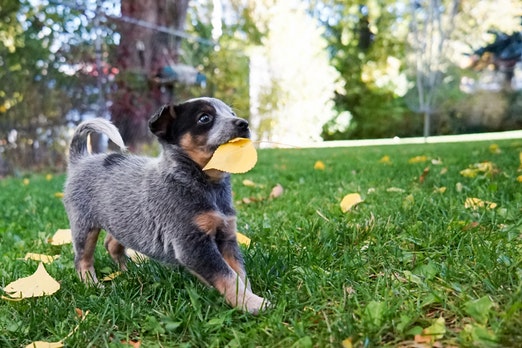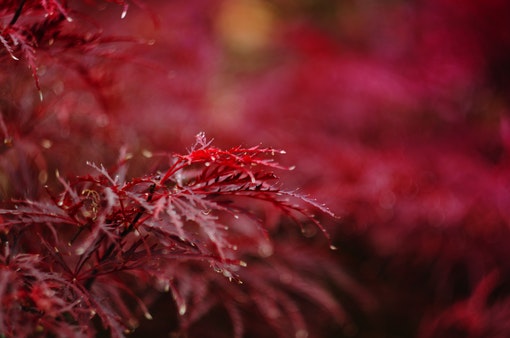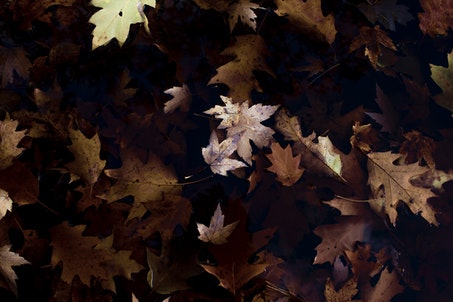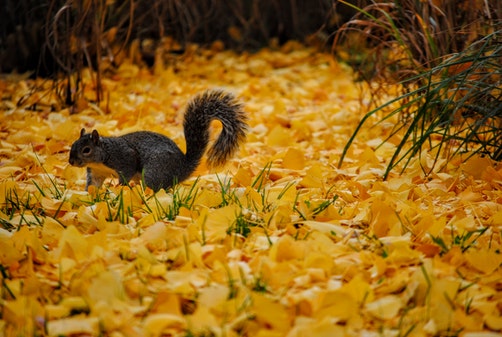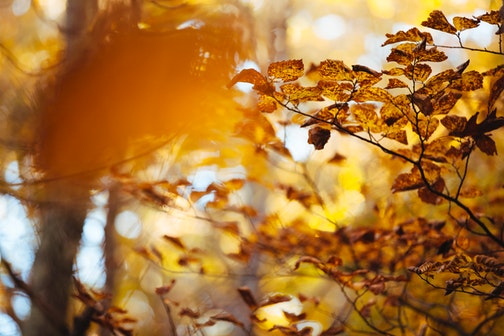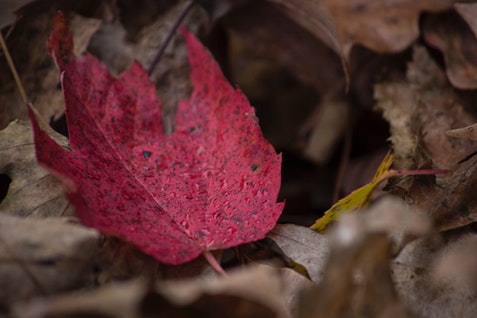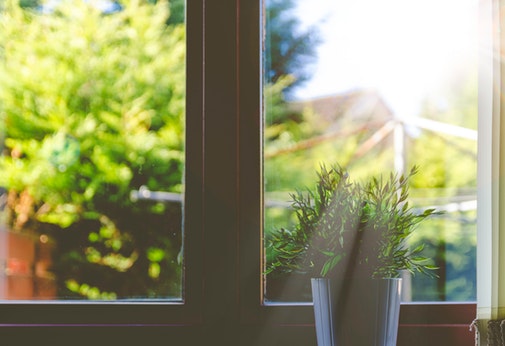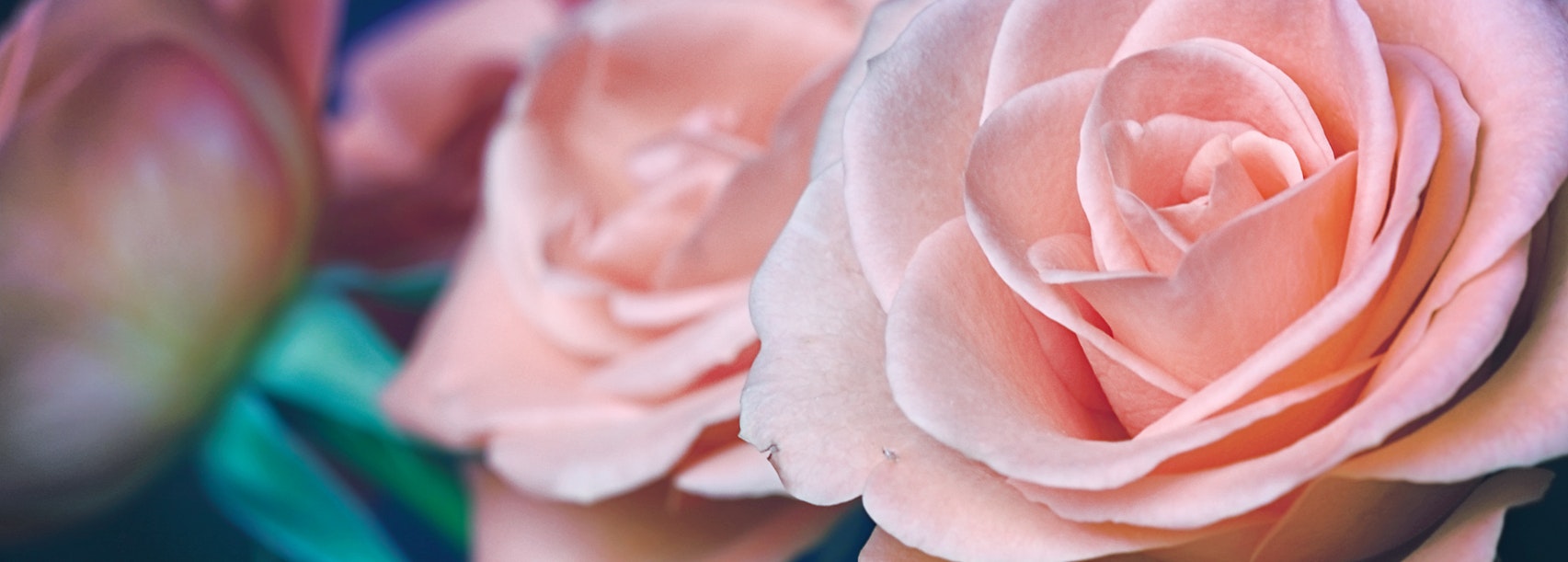
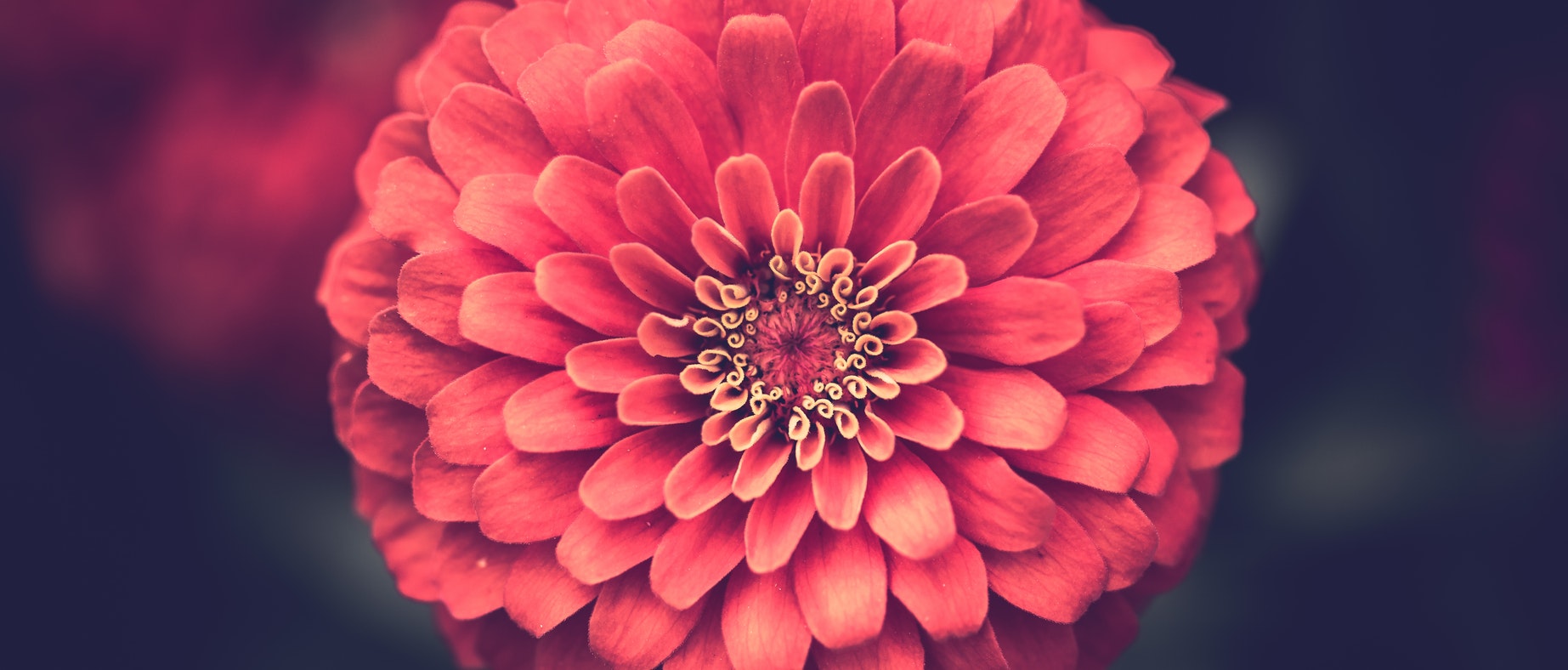
Heirloom
Some older heirloom roses, like old-fashioned June-blooming ramblers, are reputed to be more tolerant of shade than modern flower-heavy hybrids.
Roses with white or pale flowers are supposed to need less sun than deep red colors.
But that doesn't mean that they are ideal. And no matter what you choose they will need sun.
I'd actually probably try a Dr. Huey there.
That's the rootstock that a lot of grafted roses revert to after heavy winterkill? It's all over my end of town as a nearly unkillable rose, always right next to the front porch.
I rescued one of them from the house next door when the old lady went into a nursing home. The new neighbors thought that they had dug it up and killed it, it actually took them about 10 years before it quit sending up suckers periodically.
The Climbers
One of the most popular types of rose are the climbers. And yet they might not be right for your area or your skill level.
Climbing varieties aren't impossible to grow but they can be a challenge. Climbers bloom on old wood, and that's what gets damaged in winter, so you lose height and blossoms in tough winter areas.
The soil is another thing to consider.
Honestly, I won't make any specific suggestions since amendments to the soil can be very tricky. For amendments, the only way to get a sure answer is to do a soil test and work from that.
But nutrients are a big part of the reason people do not get good results from their rose garden.
Prepare your bed by digging in a LOT of manure or compost. Roses are heavy feeders, like a soft bed, and require lots of water to be at their best - compost or manure will help with all of that. They also help buffer ph, so you don't need to worry what your mulch might be doing.
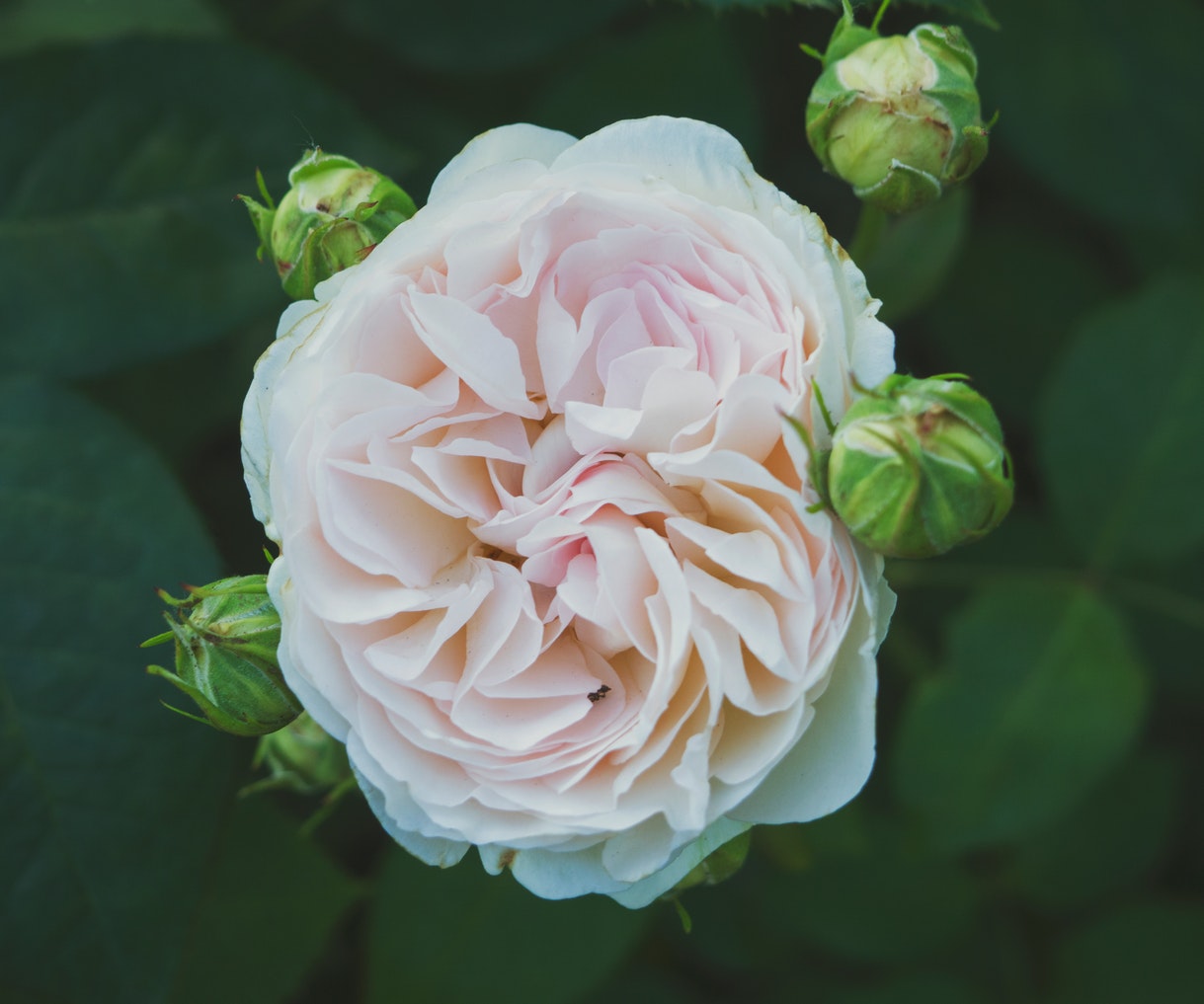
Find Your Zone
Do you know what zone you are in? If you don't, a local authority can tell you, try calling the DNR or extension office in your area.
I have been told the best way to safe guard against winter is to choose a climber, "One zone colder." Unless you bury the canes in the fall, depending on the variety you can expect a certain amount of winter kill.
Sun
I will say it again. Sun. Sun, sun, sun. Roses love the sun. Your desired location for the roses and the actual place where you plant them might differ. For example, between two lots.
Does it get enough sun?
Not if it is like the bottom of an urban canyon.
If it only gets a few hours of midday sun when the sun is directly overhead, that may not end well. It's not just a question of photosynthesis, it's also a question of overall dampness vs. dryness and diseases, as roses do better if they're in a sunny, warm, well-ventilated location.
Grooming
Dead Heading
Dead heading is where you cut off the flowers so that the plant doesn't keep putting energy into the flower and instead focuses on foliage growth, which then gives it more energy to make more flowers.
I dead headed the rose the first season after planting, basically never letting buds develop. This season it's non-stop bloomed since March.
For dead heading, just cut from the bud to the first leaf.
Some people just use their fingers to snap the stalk, if it's an old flower. I prefer to cut with a sharp gardening knife. Here is something you could read for more about dead-heading.
